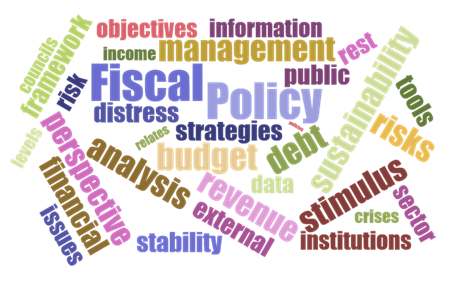VITARA - Taxpayer Services (VITARA-TPS)

This short course addresses capabilities of a modernized taxpayer service program, outlines strategies to assist tax administrations in developing and implementing effective taxpayer service programs and provides performance indicators to ensure taxpayer service programs are delivering the results intended. The module also highlights how taxpayer-centered, innovative, and technology-enabled services reduce compliance and administrative costs by providing taxpayers with the information and assistance they need to fulfil their tax obligations more easily, thereby minimizing the need for the tax administration to expend more costly resources to enforce compliance.
The course is a joint initiative of four international organizations: Inter-American Center of Tax Administrations (CIAT), Intra-European Organisation of Tax Administrations (IOTA), International Monetary Fund (IMF), and Organisation for Economic Co-operation and Development (OECD).
Target Audience
This module targets executives and senior managers responsible for designing, modernizing, managing, or overseeing programs for effective and efficient taxpayer services, assistance, support, and education. It is also useful for any other tax administration staff involved in implementing and delivering taxpayer services strategies, compliance initiatives and tools intended to increase voluntary compliance and public trust in the tax system.
Qualifications
There are no prerequisites. Access to a computer with a reliable Internet connection and a Google Chrome web browser is essential.
Course Objectives
By the end of this course, participants should be able to:
- Explain the critical role of taxpayer services in maximizing voluntary compliance.
- Describe the key concepts underpinning the taxpayer services function.
- Identify essential elements in the design of a taxpayer services strategy (TPS), policy and operational model, its structure and necessary resources.
- Describe the biggest challenges around TPS and how to establish a taxpayer services strategy.
- Explain the differences between information, support and transaction services.
- Describe how to plan your resources, facilities and equipment.
- Explain the different types of service channels, the importance of taxpayer segmentation in developing a service strategy and how to manage TPS performance.
- Explain how to identify drivers and root causes of service demands and target groups.
- Explain how to develop a TPS plan and a roadmap for its implementation.
- Explain how to begin the TPS journey.
- Describe innovative aspects that were introduced by the digitalization process.
Institutional Sector Accounts (ISAx)
English | April 3, 2025 - June 12, 2025 | Online Training | Course conducted online
Apply online by May 22, 2025
Reforming Fuel Subsidies (RFS)
English (French) | June 16-20, 2025 | Virtual Training | Ebene, Mauritius
Apply online by May 22, 2025
Financial Market Infrastructures: Principles and Practices (FMI-PP)
English | September 1-5, 2025 | In-person Training | Vienna, Austria
Apply online by May 25, 2025
Fiscal Frameworks (FF)
Spanish | September 8-19, 2025 | In-person Training | Washington, D.C., United States
Apply online by May 25, 2025
Inclusive Growth (IG)
English (Arabic) | December 7-18, 2025 | In-person Training | Kuwait City, Kuwait
Apply online by May 25, 2025


